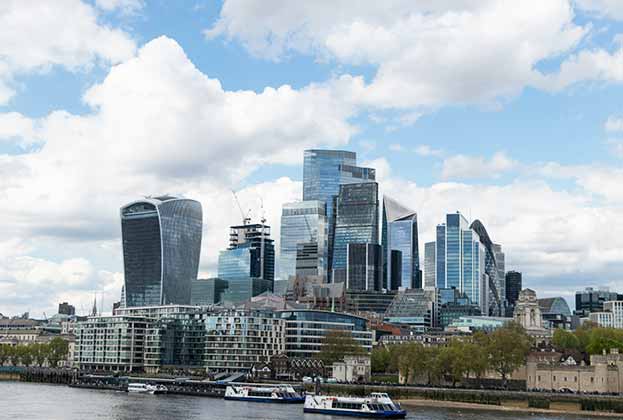The internationalisation of the property market provides a breadth of opportunities, reinforced by the asset class itself which is resilient to economic fluctuations.
Europe is seen as a safe haven, which is why the investment market will remain competitive in 2019. I see six property themes dominating 2019: offices in central business districts, residential investment, smart mixed-use, logistics, space as a service and the lack of prime assets.
Prime offices will continue to be the top pick for core investors, particularly in Germany and the Southern European cities. Value-add investors could focus on transport and storage in the Central and Eastern European markets such as Poland, the Czech Republic and Romania, while redevelopments and new developments are the only routes to higher returns for opportunistic investors.
Looking at some of these themes, average prime office yields are at a record low in Europe, however these assets will remain attractive in 2019 due to their positive yield spread over interest rates and the prospects for rental growth. Similarly, average vacancy rates in Europe are at an all-time low of 5.9 per cent, with Berlin (1.4 per cent), Hamburg (4.5 per cent), Munich (2.5 per cent) and Stockholm (3 per cent) having almost no available office space.
As a result we expect prime office rents in Europe to continue to rise, by 2.7 per cent on average this year, with Frankfurt, Barcelona, London’s West End, Dublin and Madrid possibly rising by over 6 per cent, Berlin and Milan by over 5 per cent, Hamburg, Lisbon, Munich, Dusseldorf and Amsterdam by approximately 4 per cent and Cologne, Warsaw and Copenhagen by around 2 per cent.
Competition between cities to attract international and national investors will accelerate in 2019 and those cities where local governments and market players work together to develop new areas and redevelop existing space in order to create smart and liveable communities will stand out from the rest.
At the same time, the model of the on-demand economy is causing disruption to the industry with occupiers expecting access to services, flexibility and personalisation. New types of space usage and management are emerging, and investors are increasingly becoming operators in order to maximise the performance of their assets.
The share of logistics in European investment activity has already risen to almost 14 per cent of total volumes and is expected to grow even more over the next 12 months. Prime industrial yields have dropped to an average of 5.3 per cent across Europe, which is 148 basis points below the 10-year average. We believe that occupier and investor demand will remain strong, as the share of e-commerce continues to rise in all European countries.
Resilient investment strategies should take into consideration not only property cycles but also long term structural changes. New types of property uses have emerged and expanded in Europe, responding to demographic and technological changes such as co-working, co-living, retirement communities, purpose-built student housing and mixed use concepts to name but a few.
From an investor perspective these property types are not just alternatives to the traditional real estate portfolio, but are becoming mainstream as they prove to respond successfully to structural changes of the drivers of demand.
Further information
Read more: 3 reasons why it makes sense to enter the German real estate market
Search for a commercial property
.jpg)




.jpg)

.jpg)


